




When it comes to cleaning, having the right tools and products is essential. One versatile and effective cleaning agent that often gets overlooked is rubbing alcohol. Not only is rubbing alcohol readily available and affordable, but it also has a variety of uses in the cleaning world.
Disinfecting surfaces: Rubbing alcohol is a great option for disinfecting surfaces in your home. It kills germs and bacteria, making it ideal for high-touch areas like doorknobs, light switches, and countertops. Simply pour some rubbing alcohol onto a cloth or sponge and wipe down the surfaces to get rid of any unwanted bacteria.
Cleaning electronics: Rubbing alcohol is also excellent for cleaning electronics. It can be used to remove fingerprints, dirt, and grime from screens, keyboards, and other electronic devices. Just remember to apply the rubbing alcohol to a cloth first and then gently clean the surface to avoid any damage.
Removing stains: Another fantastic use for rubbing alcohol is stain removal. It can help remove stubborn stains from a variety of surfaces, including clothing, upholstery, and carpets. Apply a small amount of rubbing alcohol to a cloth or sponge and dab at the stain until it lifts. Rinse the area with water afterward.
Tip: It’s always a good idea to test rubbing alcohol on a small, inconspicuous area before using it on a larger surface to ensure it doesn’t cause any damage or discoloration.
Cleaning glass: Rubbing alcohol can leave your glass surfaces sparkling clean and streak-free. Apply some rubbing alcohol to a cloth or paper towel and wipe down your mirrors, windows, and glass tabletops for a crystal-clear shine.
In conclusion, rubbing alcohol is a versatile and effective cleaning agent that should be a staple in every cleaning routine. From disinfecting surfaces to cleaning electronics and removing stains, rubbing alcohol has a multitude of uses that can help you keep your home clean and germ-free.
Ultimate Cleaning Guide: Use Rubbing Alcohol
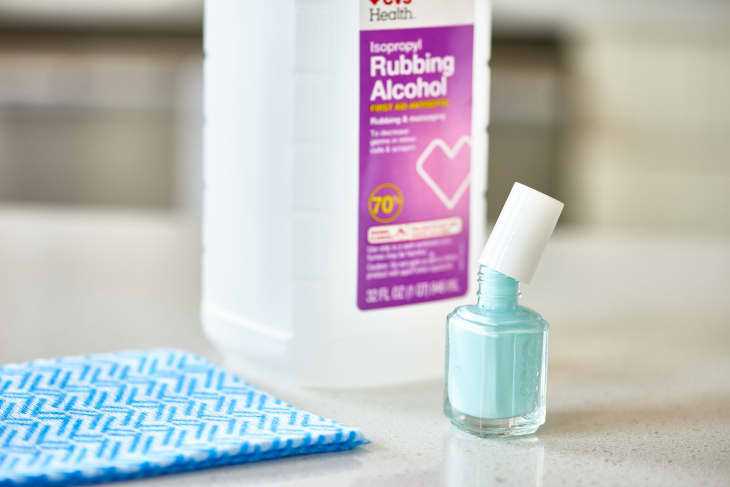
Introduction
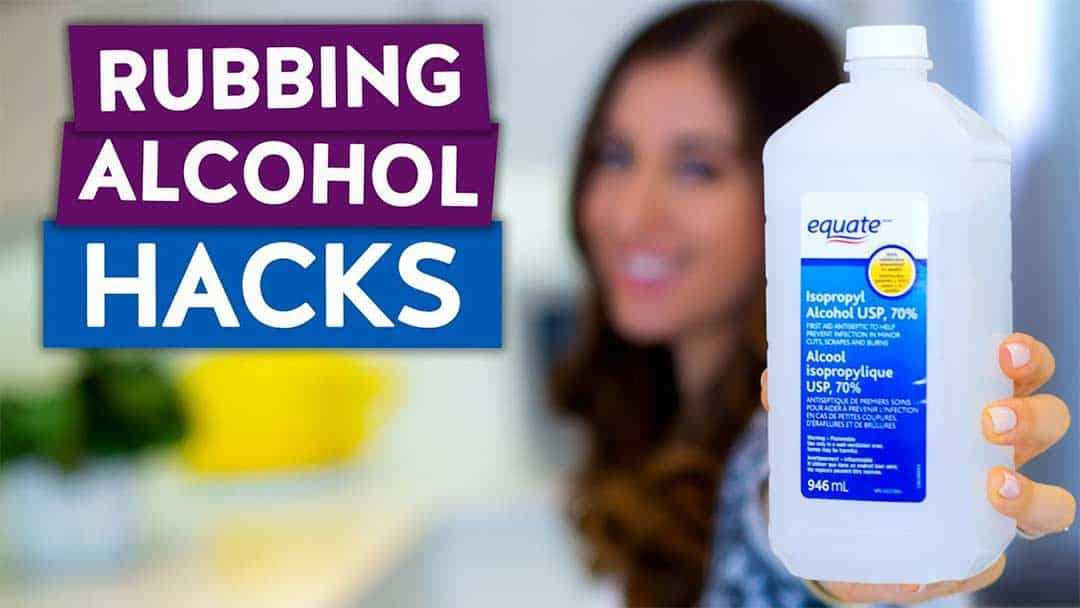
Rubbing alcohol, also known as isopropyl alcohol, is a versatile cleaning agent that can be used in various ways around your home. Whether you’re looking to disinfect surfaces, remove tough stains, or freshen up your belongings, rubbing alcohol can be a useful tool in your cleaning arsenal. In this ultimate cleaning guide, we’ll explore the many ways you can use rubbing alcohol to keep your home clean and tidy.
1. Disinfecting Surfaces
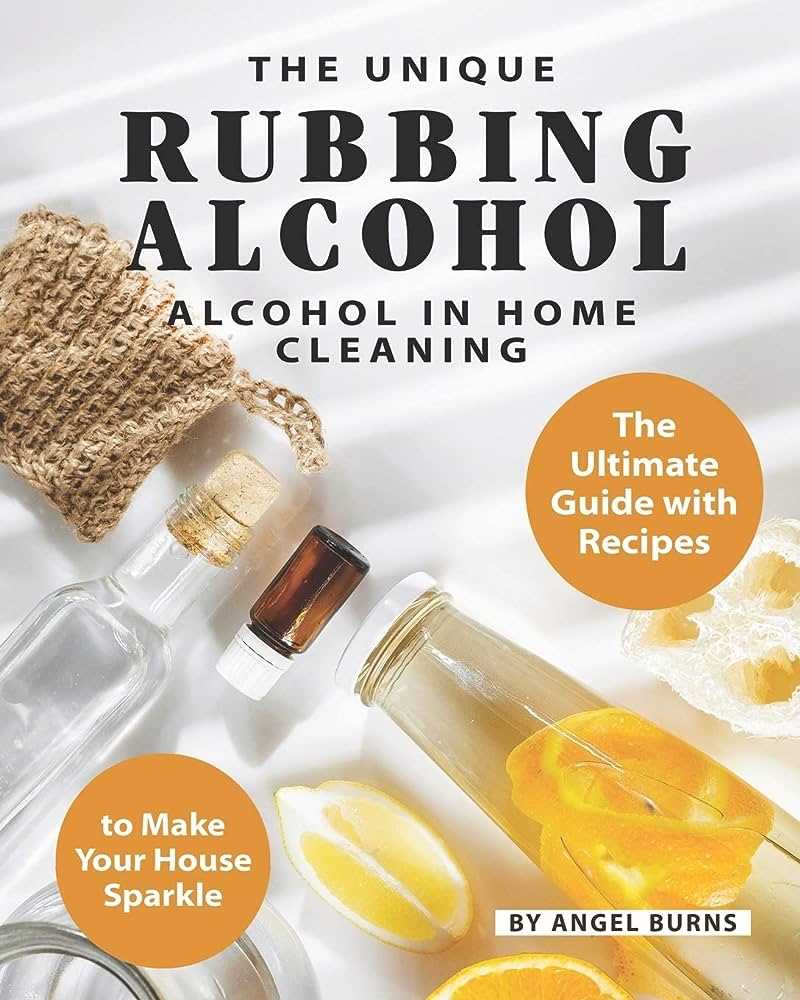
Rubbing alcohol is an excellent disinfectant that can kill bacteria, viruses, and fungi. To disinfect surfaces, simply pour some rubbing alcohol onto a clean cloth or sponge and wipe down the area. This is particularly useful for high-touch areas like doorknobs, light switches, and countertops. Remember to let the surface air dry after disinfecting.
2. Removing Stains
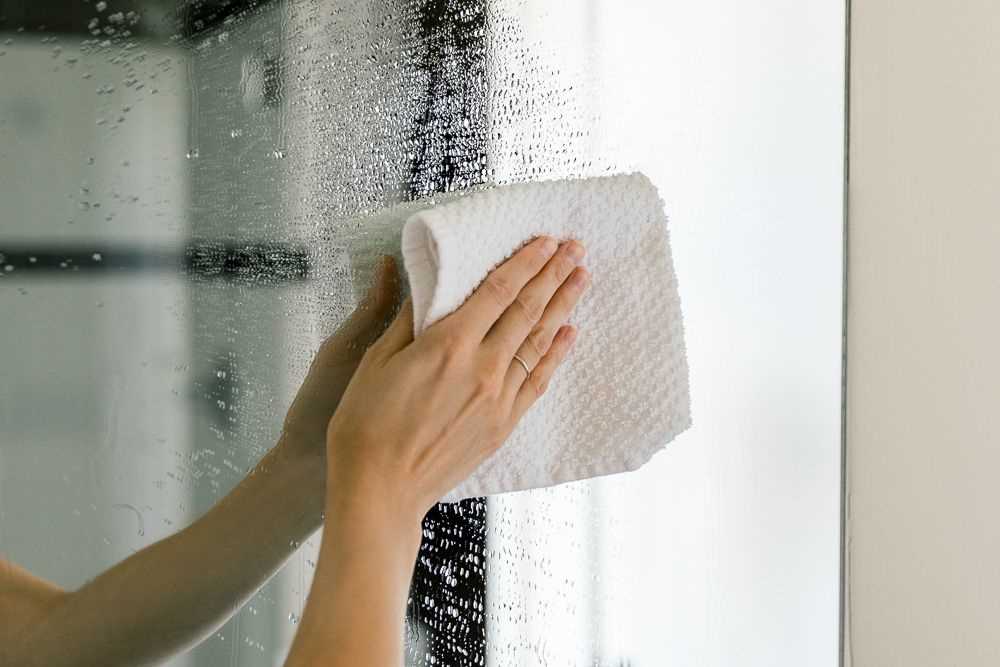
Rubbing alcohol can be a powerful stain remover, especially for fabrics and carpets. To remove stains, dampen a clean cloth with rubbing alcohol and gently blot the affected area. Avoid rubbing vigorously, as this can damage the fabric or spread the stain. Repeat the process until the stain is fully lifted. Test the rubbing alcohol on a small, inconspicuous area before treating the entire stain.
3. Freshening Belongings
Rubbing alcohol can help freshen up various belongings in your home. To deodorize shoes, simply spray some rubbing alcohol inside and let them air dry. For smelly gym bags or backpacks, wipe down the interiors with a cloth dampened with rubbing alcohol. Additionally, you can use rubbing alcohol to clean and sanitize makeup brushes by soaking them in a mixture of water and rubbing alcohol.
4. Removing Sticky Residue
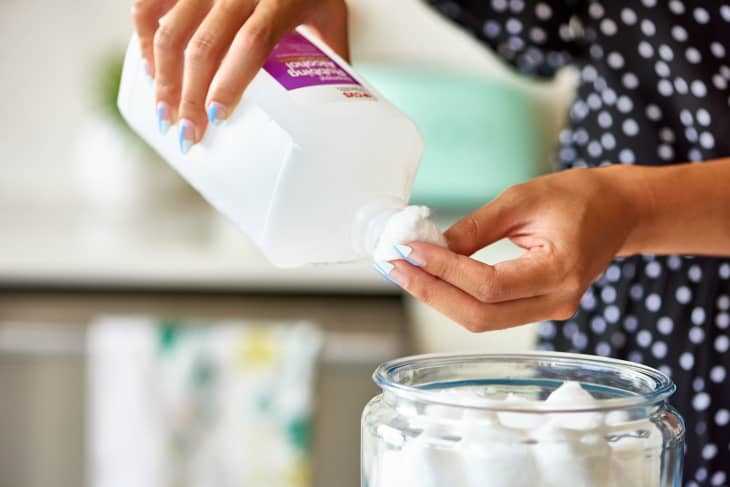
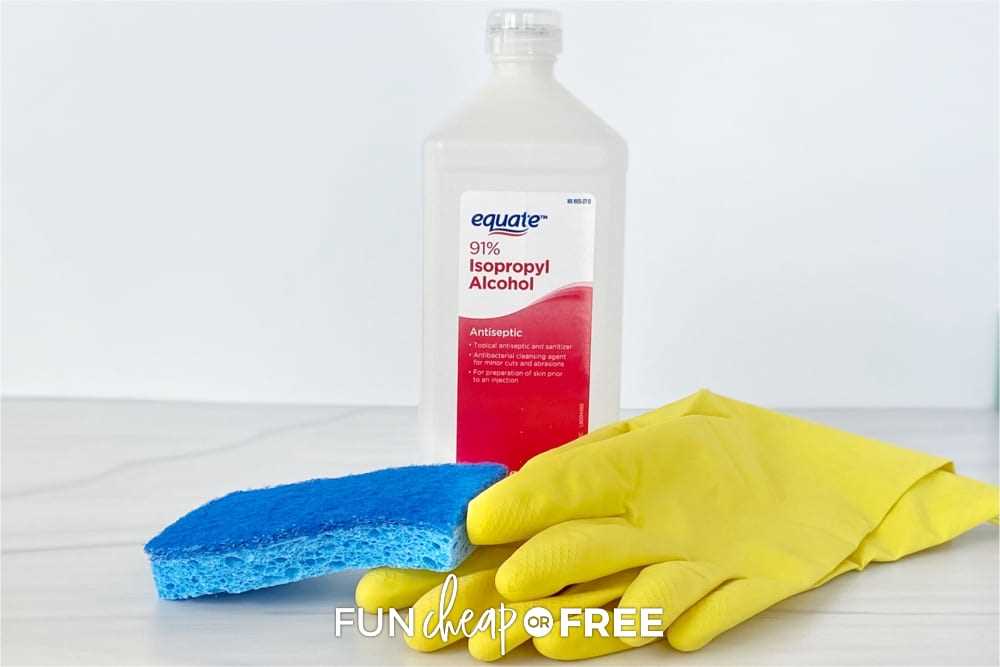
Rubbing alcohol is also effective in removing sticky residue left behind by adhesive labels, tape, or stickers. Apply some rubbing alcohol to the residue and let it sit for a few minutes to allow it to dissolve. Then, gently scrub the area with a cloth or sponge until the residue comes off. You can also use rubbing alcohol to clean and sanitize glass or plastic surfaces.
5. Cleaning Electronics
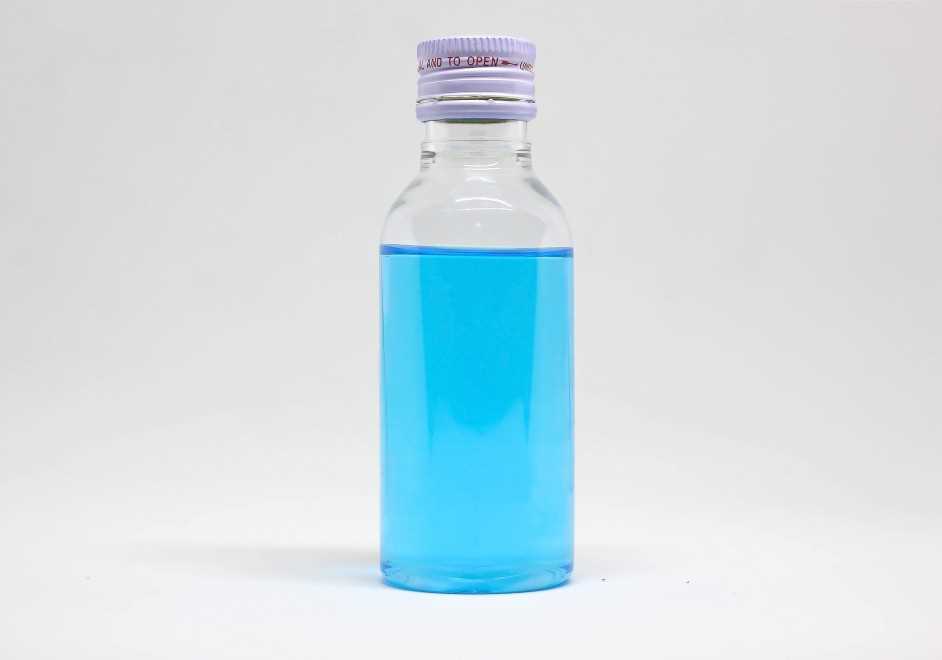
When it comes to cleaning electronics, rubbing alcohol can be a safe and effective choice. Dip a cotton swab or a microfiber cloth into rubbing alcohol and gently wipe down the surfaces of your electronic devices, such as computer keyboards, remote controls, or smartphone screens. The alcohol will help remove smudges, fingerprints, and bacteria without damaging the sensitive electronics.
Conclusion
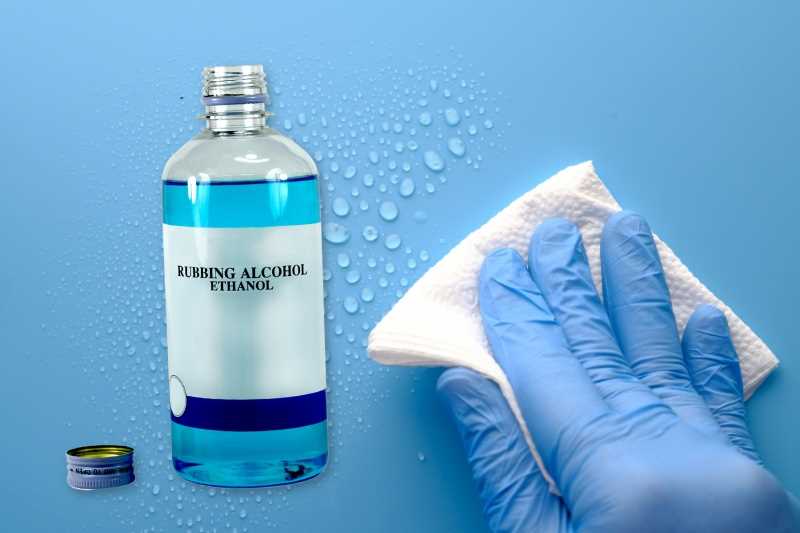
Rubbing alcohol is a versatile cleaning agent that can be used in a variety of ways to keep your home clean and fresh. From disinfecting surfaces to removing stains and sticky residue, rubbing alcohol is a handy tool to have on hand. Just remember to always test the alcohol on a small area before using it on delicate or sensitive materials. Now that you have the ultimate cleaning guide, you can make the most out of rubbing alcohol in your cleaning routine.
Effective Household Cleaning with Rubbing Alcohol
Rubbing alcohol is a versatile and effective household cleaning agent that can be used for various purposes. It is a common ingredient in many cleaning products due to its ability to kill germs, remove stains, and disinfect surfaces. Here are some ways you can use rubbing alcohol for household cleaning:
1. Disinfecting Surfaces
Rubbing alcohol is an excellent disinfectant that can be used to kill bacteria and viruses on surfaces. Simply pour some rubbing alcohol onto a clean cloth or sponge and wipe down countertops, doorknobs, light switches, and other frequently touched surfaces. Allow the alcohol to air dry to ensure proper disinfection.
2. Removing Stains
Rubbing alcohol can effectively remove stains from various surfaces, including fabrics, carpets, and upholstery. To remove stains, dampen a clean cloth with rubbing alcohol and gently blot the stained area. Be careful not to rub the stain, as this can push it deeper into the material. Repeat the process until the stain is completely removed.
3. Cleaning Electronics
Rubbing alcohol is safe to use on electronics and can effectively clean and disinfect them. Before cleaning, make sure the electronic device is turned off and unplugged. Dampen a microfiber cloth with rubbing alcohol and gently wipe the screen, keyboard, and other surfaces. Avoid using excessive liquid to prevent any damage to the electronics.
4. Removing Sticky Residue
Rubbing alcohol is great for removing sticky residue left behind by stickers, labels, or tape. Simply dampen a clean cloth with rubbing alcohol and apply it to the sticky area. Let it sit for a few minutes to break down the residue, then wipe it away. For stubborn residue, you can also use a soft-bristled brush to gently scrub the area.
5. Cleaning Glass and Mirrors
Rubbing alcohol can effectively clean glass and mirrors, leaving them streak-free and shiny. Mix equal parts of rubbing alcohol and water in a spray bottle. Spray the mixture onto the glass surface and wipe it clean with a microfiber cloth or paper towel. The alcohol helps remove fingerprints, smudges, and other dirt without leaving streaks behind.
6. Sanitizing Makeup Brushes
Rubbing alcohol is an effective sanitizer for makeup brushes, which can harbor bacteria and cause skin irritations. Fill a small bowl with rubbing alcohol and swirl the brushes in the alcohol for a few minutes. Rinse them with water and let them air dry completely before using them again. This will help keep your brushes clean and hygienic.
Remember to always wear gloves when using rubbing alcohol, as it can be drying to the skin. Also, make sure to test the alcohol on a small, inconspicuous area before using it on a larger surface to avoid any damage or discoloration. With the right precautions, rubbing alcohol can be an effective cleaning solution for various household tasks.
Benefits of Cleaning with Rubbing Alcohol
Rubbing alcohol, also known as isopropyl alcohol, is a versatile cleaning agent that offers several benefits. It is a popular choice for cleaning and disinfecting various surfaces due to its effectiveness and accessibility. Here are some of the main benefits of using rubbing alcohol for cleaning:
- Disinfection: Rubbing alcohol is highly effective at killing germs, bacteria, and viruses. It can be used to disinfect surfaces in your home, such as kitchen countertops, bathroom surfaces, doorknobs, and light switches.
- Stain Removal: Rubbing alcohol can help remove stains from various materials, including fabric, upholstery, and carpets. It can effectively break down and dissolve tough stains, such as ink, grease, and oil.
- Deodorization: Rubbing alcohol has a strong scent that can help eliminate odors. It can be used to remove unpleasant smells from items like shoes, gym bags, and pet beds.
- Glass and Mirror Cleaning: Rubbing alcohol is excellent for cleaning glass and mirrors. It helps remove fingerprints, smudges, and streaks, leaving them sparkling clean.
- Cleaning Electronics: Rubbing alcohol is safe to use on electronics, including computer screens, smartphones, and keyboards. It can help remove smudges, fingerprints, and dirt without causing damage.
- Removing Adhesive Residue: Rubbing alcohol can effectively dissolve adhesive residue from stickers, tapes, and labels. It can also help remove gum from surfaces.
- Jewelry Cleaning: Rubbing alcohol can be used to clean jewelry, such as earrings, rings, and bracelets. It can help remove dirt, oils, and tarnish without damaging the metal or gemstones.
Overall, rubbing alcohol is a versatile cleaning agent that offers numerous benefits for disinfecting, stain removal, deodorization, and more. It is important to note that rubbing alcohol should be used with caution and following appropriate safety guidelines to ensure its effectiveness and avoid any damage.
Tips for Cleaning with Rubbing Alcohol
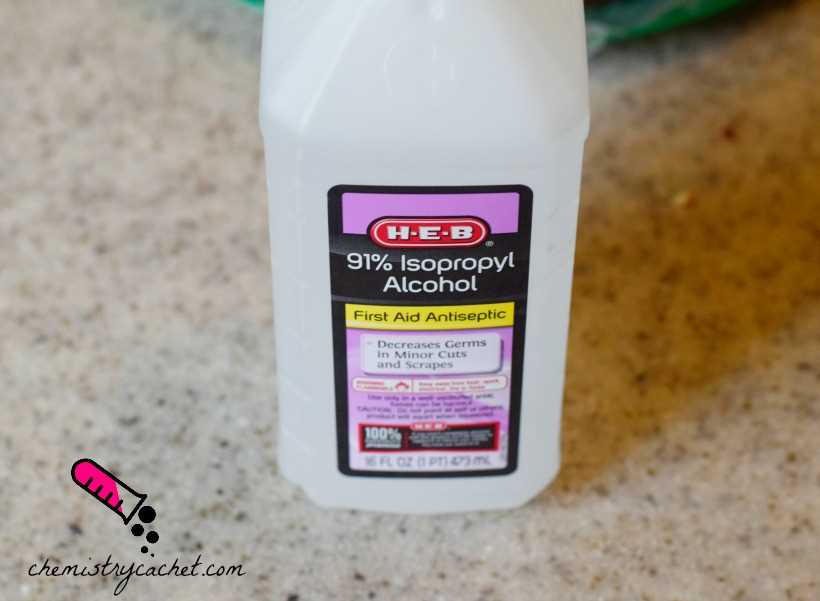
- Always test the rubbing alcohol on a small, inconspicuous area before using it on a larger surface. This will help ensure that it does not damage or discolor the material being cleaned.
- When using rubbing alcohol to clean electronics, make sure to turn off and unplug the device before applying the alcohol. Use a soft cloth or cotton swab to gently clean the surface.
- Rubbing alcohol is great for removing fingerprints and smudges from glass surfaces. Simply spray a small amount of alcohol onto a clean cloth and wipe the glass surface in a circular motion.
- If you have sticky residue on a surface, such as adhesive from a sticker or tape, rubbing alcohol can help dissolve it. Apply a small amount of alcohol to a cloth and gently rub the residue until it is gone.
- To clean and disinfect countertops, cutting boards, and other kitchen surfaces, mix equal parts rubbing alcohol and water in a spray bottle. Spray the mixture onto the surface and wipe clean with a cloth.
- Rubbing alcohol can be used to clean and disinfect bathroom fixtures, such as faucets and showerheads. Apply a small amount of alcohol to a cloth and wipe the surface, then rinse with water.
- To clean and disinfect your phone or other mobile devices, dampen a cloth or cotton swab with rubbing alcohol and gently wipe the surface. Be careful not to get any liquid inside the device.
- If your computer keyboard or mouse has sticky keys or buttons, dip a cotton swab in rubbing alcohol and gently clean the affected area. Be sure to let it dry completely before using the keyboard or mouse again.
- To remove stains from clothing or upholstery, apply a small amount of rubbing alcohol to a clean cloth and gently dab the stain. Blot the area with a dry cloth to remove any excess moisture.
- When using rubbing alcohol to clean mirrors or windows, avoid using paper towels or newspaper as they can leave lint or streaks. Instead, use a microfiber cloth or newspaper for a streak-free shine.
Common Mistakes to Avoid When Cleaning with Rubbing Alcohol

- Mistake 1: Using too much rubbing alcohol.
- Mistake 2: Using rubbing alcohol on delicate surfaces.
- Mistake 3: Using rubbing alcohol near open flames or sparks.
- Mistake 4: Not using gloves or protective equipment.
- Mistake 5: Not properly storing rubbing alcohol.
- Mistake 6: Mixing rubbing alcohol with other cleaning agents.
One common mistake when cleaning with rubbing alcohol is using too much of it. While rubbing alcohol is effective at cleaning and disinfecting, using excessive amounts can be wasteful and unnecessary. It’s important to remember that a little goes a long way, and using a moderate amount of rubbing alcohol can still provide the desired cleaning results.
Rubbing alcohol is a strong cleaning agent, and using it on delicate surfaces can cause damage. Avoid using rubbing alcohol on materials such as silk, leather, or certain plastics, as it can cause discoloration or deterioration. It’s always best to test a small, inconspicuous area before applying rubbing alcohol to any surface to ensure it won’t cause any harm.
Due to its high alcohol content, rubbing alcohol is highly flammable. It’s crucial to avoid using rubbing alcohol near open flames, sparks, or heat sources. This includes avoiding cleaning with rubbing alcohol near lit candles, stoves, or electrical appliances that may generate sparks. Always work in a well-ventilated area and ensure that there are no potential ignition sources nearby.
Rubbing alcohol can be drying to the skin and may cause irritation. It’s important to protect your hands by wearing gloves when using rubbing alcohol for cleaning purposes. Additionally, using rubber gloves can also help protect against any potential absorption of harmful chemicals through the skin.
Rubbing alcohol should be stored in a cool and dry place, away from direct sunlight or heat sources. Exposure to excessive heat or sunlight can degrade the effectiveness of the rubbing alcohol. It’s also important to keep rubbing alcohol out of reach of children or pets, as it is toxic if ingested.
While rubbing alcohol can be effective on its own for cleaning purposes, it should not be mixed with other cleaning agents, especially bleach. Mixing rubbing alcohol with bleach can create toxic fumes and should be avoided. Always read labels and instructions carefully when using different cleaning agents to avoid any dangerous chemical reactions.
Precautions to Take When Cleaning with Rubbing Alcohol
While rubbing alcohol is a versatile cleaning agent, it is important to take certain precautions to ensure your safety and the effectiveness of your cleaning. Here are some precautions to keep in mind:
- Ventilation: Make sure to clean in a well-ventilated area to avoid inhaling the fumes of rubbing alcohol. Open windows and doors or use a fan to ensure proper ventilation.
- Flammability: Rubbing alcohol is highly flammable, so keep it away from open flames, sparks, or heat sources. Avoid smoking while using rubbing alcohol as well.
- Protective Clothing: Wear protective clothing such as gloves and goggles to protect your skin and eyes from contact with rubbing alcohol.
- Test Surfaces: Before using rubbing alcohol on a new surface, always do a spot test in an inconspicuous area to ensure that it doesn’t cause any damage or discoloration.
- Avoid Certain Materials: Rubbing alcohol can damage certain materials such as finished wood, painted surfaces, and some plastics. Avoid using it on these materials or use it with caution.
- Storage: Store rubbing alcohol in a cool, dry place, away from direct sunlight and heat sources. Keep it out of reach of children and pets.
Remember to follow these precautions to ensure a safe and effective cleaning experience when using rubbing alcohol.
FAQ
What is rubbing alcohol?
Rubbing alcohol, also known as isopropyl alcohol, is a type of alcohol made from isopropyl which is a colorless liquid with a strong odor. It is commonly used as a disinfectant, antiseptic, and solvent.
Can rubbing alcohol be used for cleaning?
Yes, rubbing alcohol can be used for cleaning purposes. It is a versatile cleaning agent that can be used to clean a variety of surfaces, including glass, metal, plastic, and electronics. It is effective in removing grease, dirt, and stains.
How do I use rubbing alcohol for cleaning?
To use rubbing alcohol for cleaning, simply pour a small amount onto a clean cloth or cotton ball and wipe the surface you want to clean. Rubbing alcohol evaporates quickly, so there is no need to rinse afterward. For stubborn stains or sticky residue, you can use a stronger concentration of rubbing alcohol or let it sit for a few minutes before wiping.
Is it safe to use rubbing alcohol for cleaning?
Yes, rubbing alcohol is generally safe to use for cleaning. However, it is important to use it in a well-ventilated area, as the fumes can be strong. It is also flammable, so be cautious when using it near open flames. Additionally, avoid using rubbing alcohol on sensitive surfaces, such as polished wood or some plastics, as it can cause damage.
Can rubbing alcohol be used to clean electronics?
Yes, rubbing alcohol can be used to clean electronics. It is effective in removing dirt, dust, and fingerprints from screens, keyboards, and other electronic surfaces. However, it is important to use a small amount of rubbing alcohol and apply it to a cloth or cotton swab rather than directly onto the electronics to avoid any damage.
What are some other uses for rubbing alcohol?
Rubbing alcohol has many other uses besides cleaning. It can be used as a disinfectant for minor cuts and scrapes, as a cooling agent for fevers, as a solvent for removing stickers or adhesive residue, and even as a fuel for camping stoves or homemade hand sanitizer. Additionally, rubbing alcohol can be used to clean makeup brushes, sanitize thermometers, and remove ink or marker stains.














